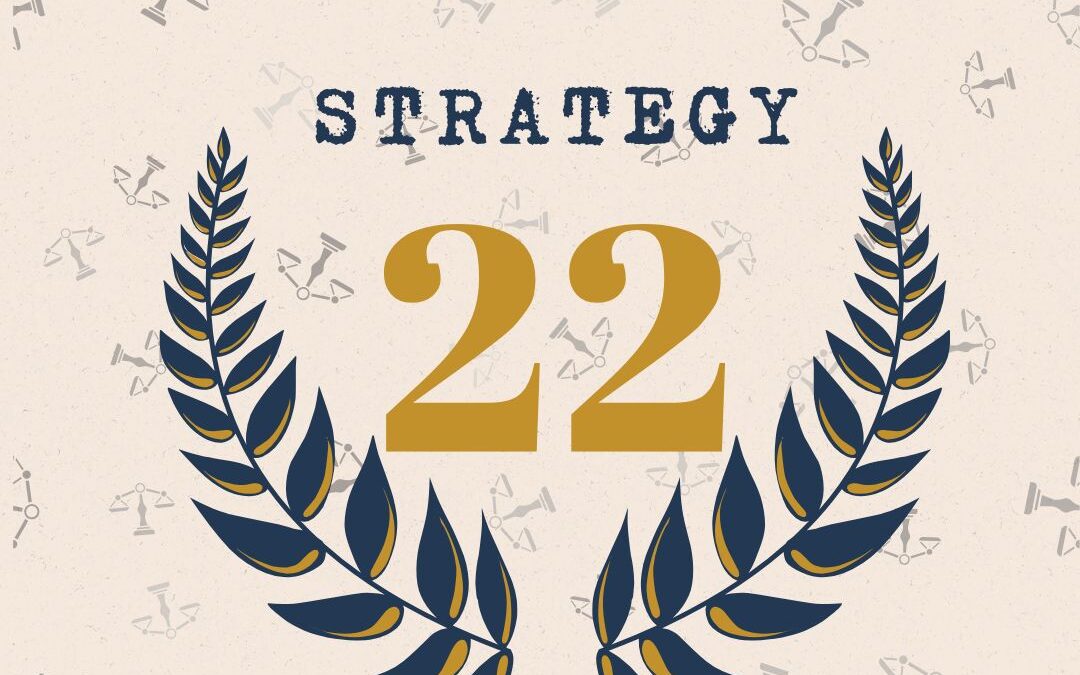OCTOBER 20, 2024
Strategy 22:
Fundamental Hearing Testimony
Verbal Communication
The documents you bring to a parole hearing can either strengthen your presentation—or confuse it. Strategy 22 highlights how the thoughtful organization, timing, and delivery of written materials can underscore your insight and credibility rather than overwhelm the panel or derail your message.
Strategy 22 – Presentation of Documents at the Hearing emphasizes that your paperwork is an extension of your voice. This strategy explains how to prepare a clean, well-organized packet that highlights your growth, rehabilitation efforts, and parole plans without flooding the panel with redundant or unfocused materials. It also stresses the importance of reviewing your packet in advance, anticipating questions, and understanding how each item supports your narrative. Proper documentation builds trust when presented with clarity and purpose.
Notes
- Only include documents that directly support your readiness and insight (e.g., certificates, letters, relapse plans, education progress, job offers).
- Ensure documents are neatly organized, labeled, and easily reviewable—ideally submitted in advance if possible.
- Be prepared to speak to any document you present; know what each item says and why it matters.
- Avoid overloading the panel with excessive or irrelevant paperwork—it can dilute your strongest evidence.
-
Recap & Takeaways
Strategy 22 teaches that clear, concise, and relevant documentation can bolster your case for suitability. Sloppy or excessive paperwork may confuse or frustrate the panel. Instead, treat your packet as a curated reflection of your rehabilitation journey. Know what you’ve submitted, why it matters, and be ready to discuss it confidently. Your documents should work for you—not against you.
Start Listening Today!
Each week, we break down a chapter from 36 Strategies of Suitability and explain why it matters.



